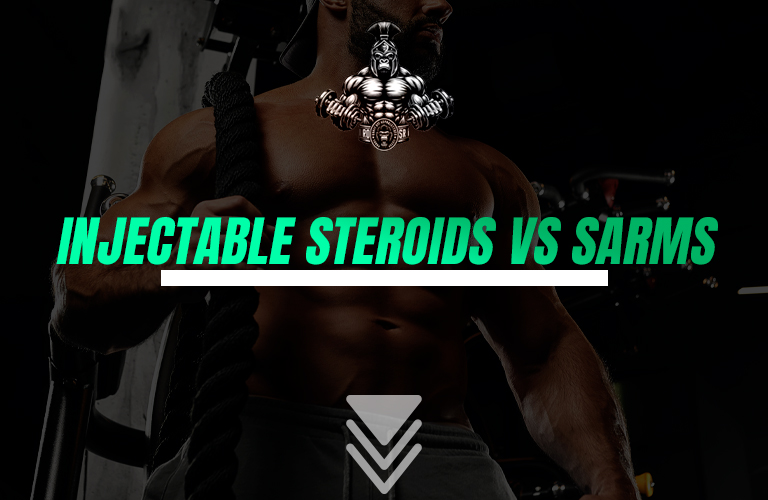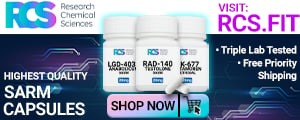
The landscape of anabolic pharmacotherapy is markedly evolving, with the advent of Selective Androgen Receptor Modulators (SARMs) presenting a novel paradigm in tissueselective androgen action. This section explains the nuanced pharmacological distinctions, therapeutic potential, and safety profiles between traditional injectable anabolic androgenic steroids (AAS) and SARMs, catering to the sophisticated understanding of researchers in the field.
Molecular Mechanisms and Receptor Selectivity
Injectable AAS functions through non-selective agonism of androgen receptors (AR), exerting both anabolic and androgenic effects. The esterification of AAS modulates pharmacokinetics, but not the inherent receptor-binding characteristics. Hence, while providing sustained release and stable plasma levels, injectable AAS do not inherently discriminate between anabolic (muscle, bone) and androgenic (sebaceous glands, hair follicles) tissue targets. Thus causing some of the well-known side effects associated with steroids.
SARMs, on the other hand, are engineered to achieve selective AR activation in anabolic tissues with reduced activation in androgenic sites. This selectivity aims to maximize therapeutic benefits while minimizing adverse effects. The molecular structure of SARMs allows differential interaction with coactivators and co-repressors in target tissues, a promising approach to mitigating the limitations of conventional AAS.
Therapeutic Applications and Efficacy
The broad androgenic activity of injectable AAS limits their therapeutic application, primarily due to the risk of virilization and other androgenic side effects. However, their efficacy in muscle hypertrophy, strength enhancement, and catabolic condition management is well-documented, underpinned by decades of clinical use.
SARMs, with their tissue-selective action, hold promise for a wider range of therapeutic applications, including osteoporosis, muscle wasting diseases, and possibly benign prostatic hyperplasia (BPH) without the exacerbating effects of traditional AAS. Preliminary clinical trials and in vitro studies suggest SARMs could achieve significant anabolic effects on muscle and bone with reduced impact on prostate size and serum lipid profiles.
Safety and Adverse Effect Profile
The hepatotoxicity of injectable AAS, while less pronounced than oral AAS, remains a concern, particularly with longterm use or high dosages. Other systemic effects include alterations in lipid profiles, cardiovascular strain, and potential exacerbation of latent prostate cancer.
Theoretically, SARMs offer an improved safety profile, targeting anabolic pathways with reduced androgenic side effects. However, clinical data on long-term safety is sparse, with concerns regarding off-target effects, potential for liver toxicity, and impacts on cardiovascular health and hormone regulation still under investigation.
Regulatory Status and Research Directions
Injectable AAS are tightly regulated due to their potent androgenic effects and potential for abuse, with legitimate medical use confined to specific indications under medical supervision.
SARMs are currently not approved for clinical use by regulatory bodies like the FDA, remaining investigational. Their status in sports and athletics is also contentious, as they are classified as prohibited substances by many anti-doping agencies, pending robust safety and efficacy data.


